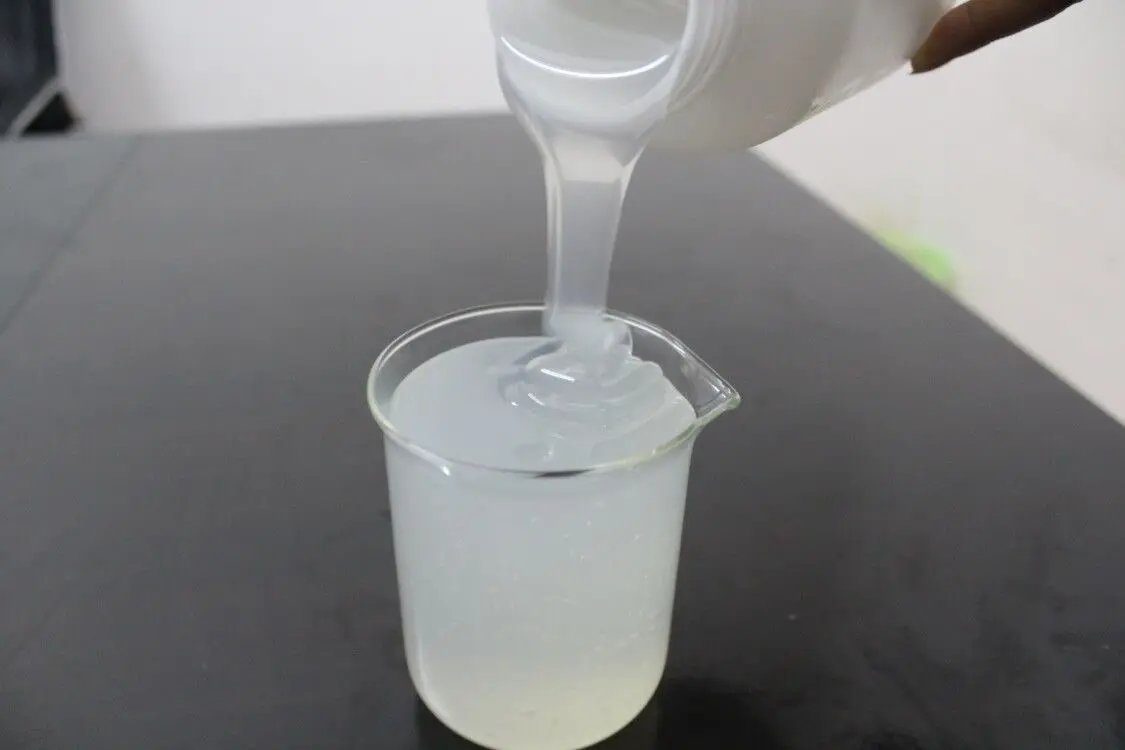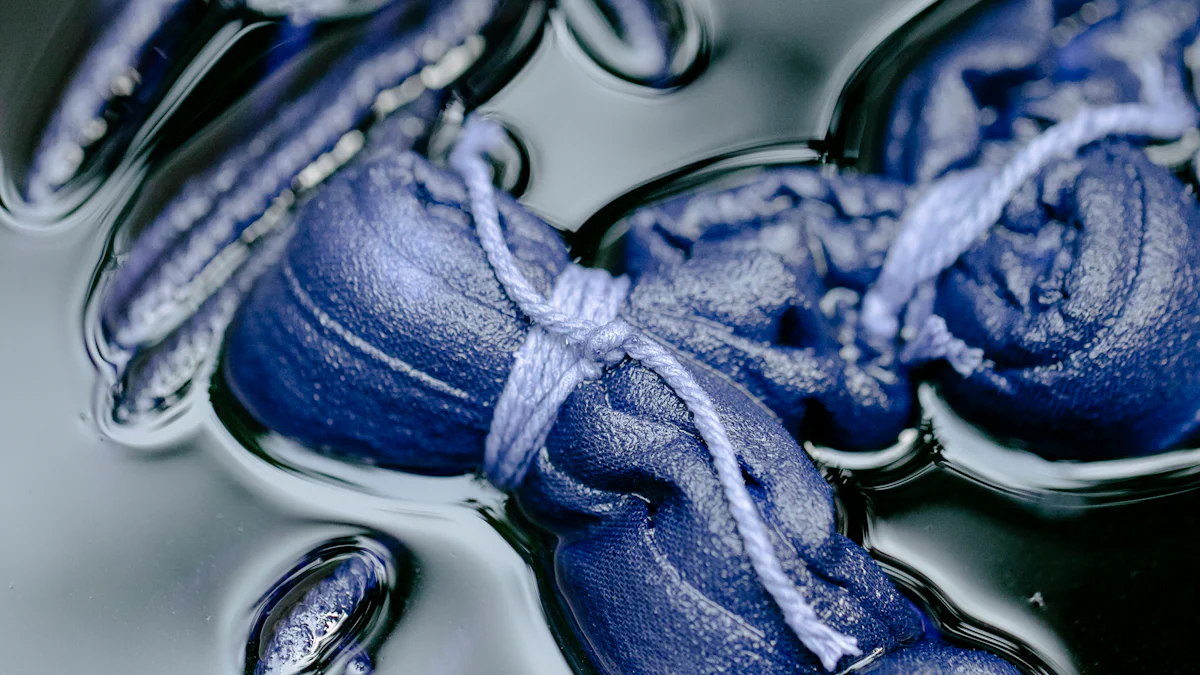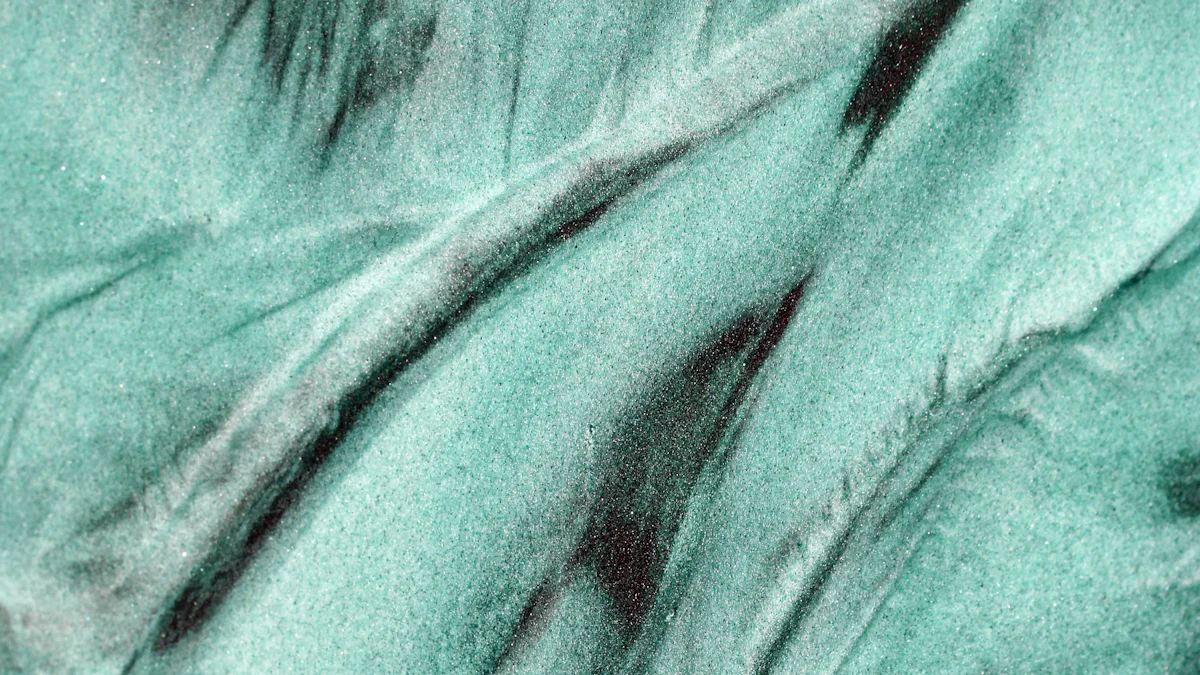
Dyeing auxiliaries-Blended fabric solutions address the unique challenges of combining different fibers. You face issues like uneven dyeing and poor colorfastness when working with blended textiles. Advanced auxiliaries in 2025 solve these problems by enhancing dye absorption and ensuring vibrant, uniform colors. These innovations elevate fabric quality and meet modern industry demands.
Dyeing Auxiliaries-Blended Fabric: Understanding the Basics
What Are Dyeing Auxiliaries?
Dyeing auxiliaries are chemical agents that improve the dyeing process and the final quality of fabrics. These agents help dyes bond better with fibers, ensuring vibrant and long-lasting colors. You can think of them as enhancers that make the dyeing process more efficient and effective. They include a wide range of products, such as leveling agents, fixing agents, and dispersants. Each type serves a specific purpose, from improving dye penetration to stabilizing colors during washing.
The Role of Dyeing Auxiliaries in Blended Fabric Dyeing
Blended fabrics combine two or more fiber types, such as cotton and polyester. Each fiber has unique dyeing properties, which can create challenges during the process. Dyeing auxiliaries play a critical role in overcoming these challenges. They ensure that dyes interact evenly with all fibers in the blend. For example, leveling agents prevent uneven color distribution, while fixing agents lock the dye into the fabric. By using these auxiliaries, you can achieve consistent and high-quality results, even with complex blends.
Why Blended Fabrics Require Specialized Dyeing Solutions
Blended fabrics require specialized solutions because of their mixed fiber composition. Natural and synthetic fibers absorb dyes differently. Without the right auxiliaries, you may face issues like patchy colors or poor durability. Dyeing auxiliaries-blended fabric solutions address these problems by tailoring the dyeing process to the specific needs of each fiber. This ensures that the final product meets your expectations for color vibrancy, uniformity, and performance.
Overcoming Challenges in Dyeing Blended Fabrics
Common Issues in Dyeing Blended Fabrics
Blended fabrics often present unique challenges during the dyeing process. Each fiber in the blend reacts differently to dyes. For example, natural fibers like cotton absorb dyes quickly, while synthetic fibers such as polyester resist absorption. This mismatch can lead to uneven colors or patchy results. You may also encounter problems with dye migration, where colors shift during processing, or poor colorfastness, causing fading after washing. These issues make it difficult to achieve consistent and high-quality results.
How Dyeing Auxiliaries Improve Dye Uptake and Color Uniformity
Dyeing auxiliaries solve many of the problems associated with blended fabrics. They enhance dye uptake by helping the dye penetrate fibers more effectively. Leveling agents, for instance, ensure that the dye spreads evenly across the fabric, preventing streaks or blotches. Dispersants keep the dye particles stable, reducing the risk of uneven application. By using these auxiliaries, you can achieve vibrant and uniform colors, even on complex blends. This makes dyeing auxiliaries-blended fabric solutions essential for modern textile production.
Enhancing Fabric Durability and Performance with Auxiliaries
Auxiliaries do more than improve color. They also enhance the durability and performance of your fabrics. Fixing agents lock the dye into the fibers, increasing resistance to washing and fading. Some auxiliaries even improve the fabric’s texture, making it softer or more resistant to wear. These benefits ensure that your blended fabrics not only look great but also perform well over time. By incorporating the right auxiliaries, you can create textiles that meet both aesthetic and functional demands.
Types of Dyeing Auxiliaries and Their Applications

Pre-Treatment Auxiliaries
Pre-treatment auxiliaries prepare fabrics for the dyeing process. They clean and condition the material, ensuring it absorbs dye evenly. You might use desizing agents to remove starch or other sizing materials from woven fabrics. This step creates a smooth surface for dye application. Scouring agents eliminate impurities like oils or waxes, which can block dye penetration. Bleaching agents brighten the fabric, making it ready for vibrant colors. These auxiliaries set the stage for successful dyeing by ensuring the fabric is clean and receptive.
Dye-Fixing Agents
Dye-fixing agents improve the bond between dye and fabric. They help lock the color into the fibers, making it resistant to washing and fading. You can use these agents to enhance the durability of your textiles. For example, fixing agents are essential when working with reactive dyes on cotton or disperse dyes on polyester. By using these auxiliaries, you ensure your fabrics maintain their color vibrancy over time, even with repeated use and washing.
Leveling Agents and Dispersants
Leveling agents and dispersants ensure uniform dye distribution across the fabric. Leveling agents slow down the dyeing process, allowing the dye to spread evenly. This prevents streaks or blotches, especially in blended fabrics. Dispersants stabilize dye particles, ensuring they remain evenly distributed in the dye bath. These auxiliaries are crucial for achieving consistent results, particularly when working with complex blends like polyester-cotton.
Post-Treatment Auxiliaries for Enhanced Quality
Post-treatment auxiliaries enhance the final quality of dyed fabrics. You might use softeners to improve the texture, making the fabric feel smoother and more comfortable. Wrinkle-resistant agents can add durability, ensuring the fabric maintains its shape. Soil release agents make cleaning easier, especially for everyday textiles. These auxiliaries add value to your fabrics by improving their performance and usability.
Tip: Choosing the right auxiliaries for each stage of the dyeing process ensures high-quality results for your blended fabrics.
Innovations in Dyeing Auxiliaries in 2025

Sustainable and Eco-Friendly Dyeing Auxiliaries
In 2025, sustainability takes center stage in textile dyeing. You now have access to eco-friendly dyeing auxiliaries that reduce environmental impact. These products use biodegradable ingredients and minimize harmful chemicals. For example, water-saving auxiliaries allow you to use less water during the dyeing process. This innovation not only conserves resources but also lowers production costs. Additionally, auxiliaries designed for low-temperature dyeing help you save energy while maintaining excellent results. By choosing sustainable solutions, you contribute to a greener future without compromising fabric quality.
Smart Auxiliaries for Precision Dyeing
Smart dyeing auxiliaries revolutionize how you approach precision dyeing. These advanced agents use cutting-edge technology to adapt to different fabric needs. For instance, some auxiliaries include sensors that monitor dye bath conditions in real time. This ensures optimal dye absorption and prevents waste. Others adjust their performance based on the fiber composition of your blended fabrics. With these innovations, you achieve consistent results with minimal effort. Smart auxiliaries make it easier for you to meet the high standards of modern textile production.
Advancements in Multi-Fiber Compatibility
Blended fabrics often require specialized solutions, and 2025 brings significant advancements in multi-fiber compatibility. New dyeing auxiliaries work seamlessly across various fiber types, from natural to synthetic. These products ensure uniform dyeing, even in complex blends like polyester-cotton. For example, multi-functional leveling agents balance dye uptake across all fibers in the blend. This eliminates issues like patchy colors or uneven finishes. With these advancements, dyeing auxiliaries-blended fabric solutions become more efficient and reliable than ever before.
Dyeing auxiliaries transform how you enhance blended fabrics. They improve color vibrancy, durability, and uniformity. Ongoing innovation ensures you meet modern demands with precision and efficiency. Sustainable solutions reduce environmental impact while maintaining quality. By adopting advanced auxiliaries, you shape a future where textiles excel in both performance and eco-friendliness.
Post time: Jan-14-2025

